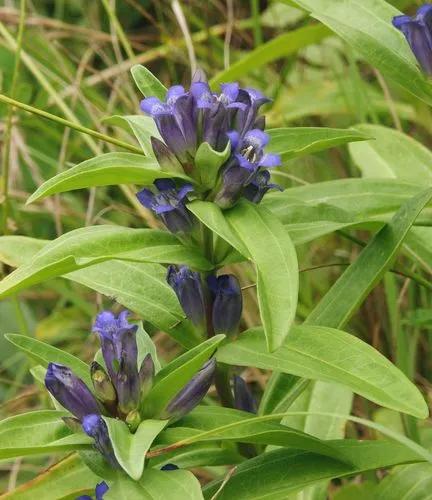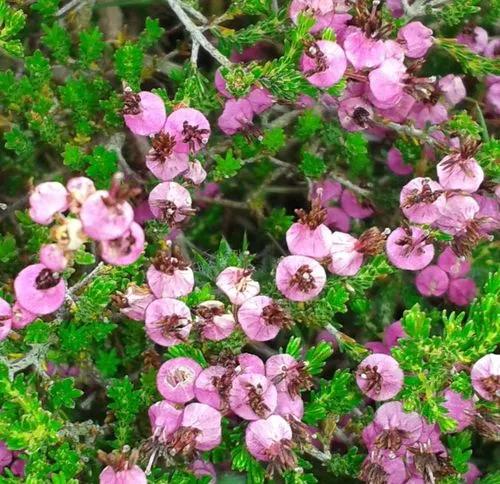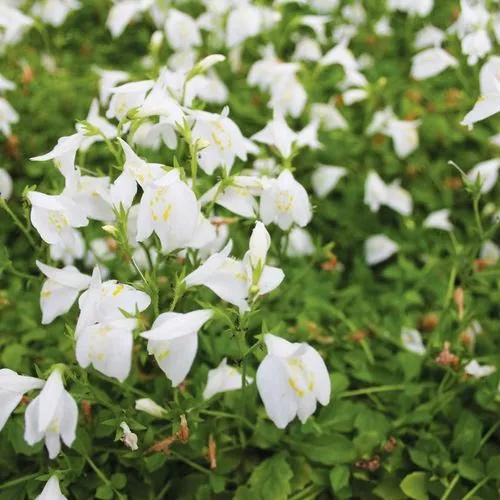Halesia diptera, the two-wing silverbell or two-winged snowdrop tree, is a species in the family Styracaceae, native to the southeastern United States from South Carolina and Florida west to eastern Texas. It is cultivated as an ornamental tree.It is a large shrub or small tree reaching 4–8 m tall. The leaves are deciduous, 6–12 cm long and 4–7 cm broad. The flowers are white, 2-2.5 cm long, produced in clusters of 3–6 together.
Silverbell Care
Halesia Diptera



Halesia diptera, commonly known as two-winged silverbell, is a small deciduous tree or large shrub that is native to floodplains, stream banks, wet woods and swampy areas primarily along the Gulf Coast from South Carolina and northern Florida west to Texas. It grows with a rounded form to 20-30’ tall. Showy clusters (3 to 6 flowers per cluster) of bell-shaped white flowers (less than 1" wide) with deeply lobed petals appear in spring (April-May). Flowers are followed by flattened two-winged fruits (dry drupes to 2” long) that ripen in fall. Oval to obovate, irregularly toothed, dark green leaves (4-8” long). Leaves turn yellow in fall. Bark exfoliates in thin scales. Genus name honors the Reverend Stephen Hales (1677-1761), English physiologist, chemist, and inventor. Specific epithet from the Greek words di meaning two and ptera meaning wings are in reference to the two-winged fruit of this plant. It is a large shrub or small tree reaching 4–8 m tall. The leaves are deciduous, 6–12 cm long and 4–7 cm broad. The flowers are white, 2-2.5 cm long, produced in clusters of 3–6 together. The fruit is a dry (non-fleshy) drupe with two wings down the sides; this distinguishes it from the other species of Halesia, which have four wings on the fruit. Wildlife, including squirrels, eat the unripe sour green fruit
Discover more plants with the list below
Popular articles






